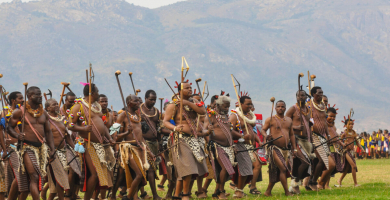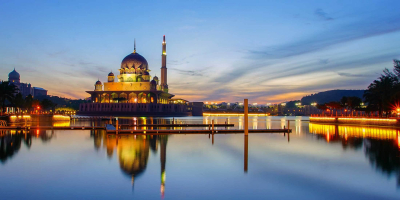Top 8 Bhutanese Culture, Customs, and Etiquette
Bhutan is famous for its culture and fantastic climbing and trekking terrain. Bhutan is a highly religious nation, therefore there are several considerations ... read more...you should make to avoid breaking any cultural taboos. As Bhutanese place a high value on manners, it will be important to be aware of local customs and taboos before visiting. To learn more about Bhutanese culture, customs, and etiquette, please keep reading.
-
The very first thing in this list of Bhutanese culture, customs, and etiquette is dining etiquette. Food is often eaten with the hands and is served according to simple traditional eating customs in Bhutan. Cross-legged on the wooden floor, family members eat their meals while doing so. The leader of the household always receives the first serving of food.
Most of the time, mothers and other women serve the food. A brief prayer is spoken before eating, and a little piece of food is offered to the local spirits and deities by being placed on the floor. In urban regions, people typically eat with cutlery while seated at a standard dining table. As a result of industrialization, eating habits have altered. Earthenware was traditionally used to cook food, but with the widespread availability of contemporary goods, pots and pans have mostly taken their place. A typical Bhutanese lunch includes rice, Ema Datshi, a chili and cheese dish that is popular throughout the nation, pork, beef curry, or lentils.
Traditional Bhutanese Food and Attractions in Thimphu, Bhutan! 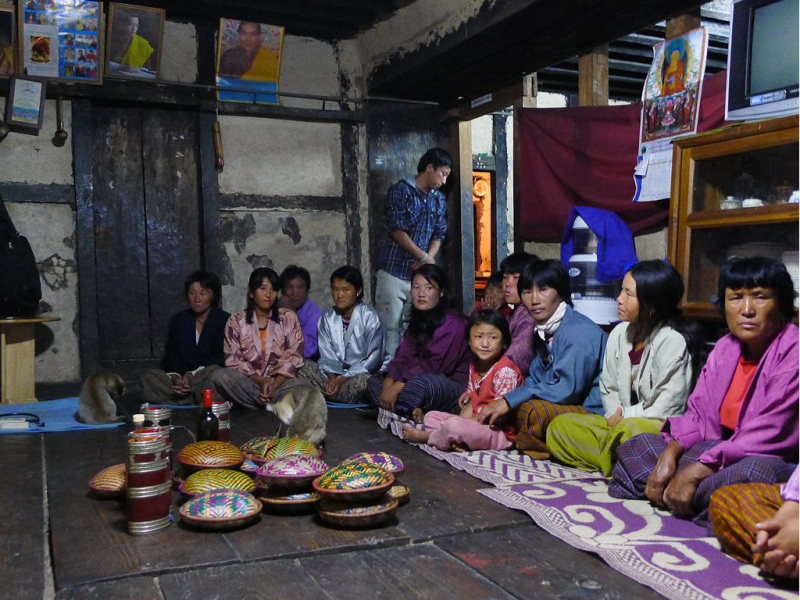
https://www.bhutanhomestay.com/ -
When a kid is born in Bhutan, there is a lot of celebration. One of the few nations in the world that does not differentiate between boys and girls is this one. However, for three days following a baby's birth, no visitors are permitted inside the home. The visitors can only enter following a ceremony of purification. There is no family name as se; a local lama keeps the baby's name. Instead, the name is a mixture of two conventional names, with the second name typically designating the gender.
The wedding ceremony is kept simple in Bhutan because marriage is not typically a big issue. It is fairly typical for cousins to get married. Although this has been going on for years, the educated population today disapproves of it. In some regions of Bhutan, the bride's home is visited by the groom rather than the other way around.
Death is the transition from one life to another, or rebirth. In remembrance of the deceased, prayer flags are raised, and neighbors and family members attend the funeral and other rites while bringing humble food and mementos.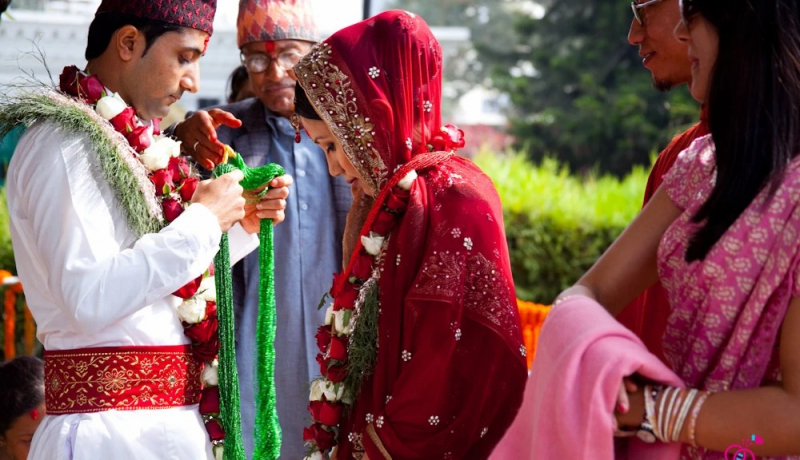
bhutantourisms.wordpress.com 
https://dying.lovetoknow.com/ -
Every holiday and celebration in Bhutan includes the country's unique music and dancing styles, which draw their primary inspiration from religion. The entire nation dances and sings to honor their legacy during annual celebrations like tshechus, the birthday of the monarch, etc. The national dances are called chham dances, or masked dances, and they primarily include incidents from Guru Rinpoche's life being reenacted.
One member of the ensemble keeps time and adds melody to the dancing while another plays a musical instrument called a symbal. Some of the most well-known cham dances performed include Joenpa Legso, Drametse Nga Cham, Pa Cham, and others. The genres of the music include folk, religious, and contemporary, such rigsar. Bhutan has a long history of using rigsar, dating back to the 1960s or thereabouts. use of instruments such as the dramnyen (a big rebec), the lingm (a six-holed flute), and the chiwang (a two-string fiddle). Most of the lyrics are in choke or dzongkha.
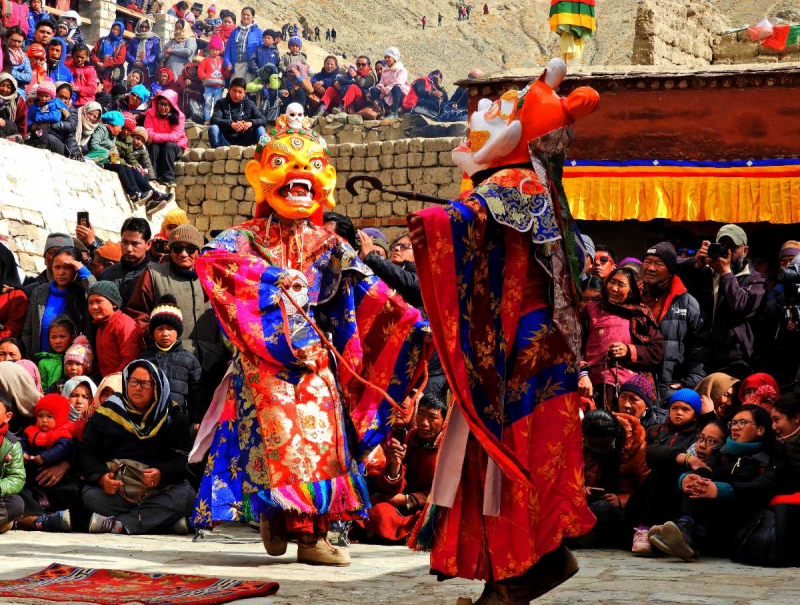
https://www.holidify.com/ 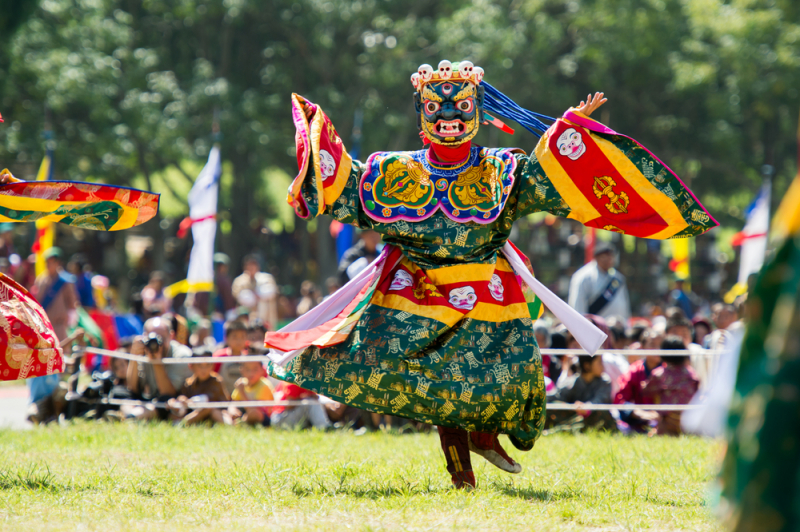
https://www.remotelands.com/ -
Bhutan is perhaps one of the least well-known nations in South Asia. This is partly because their visitor and tourist policies have recently been very strict, including lottery-based entry to preserve their culture and prevent foreign influences.
Bhutan is primarily a Buddhist and Hindu country, and as a result, there are unique opinions on certain body parts. Nudity of any type is prohibited in Bhutan because the people there are extremely modest and conservative. Furthermore, you should take extra care to avoid touching anyone's head or the area around it because the crown of the head is thought to be the most sacred part of the body.
Feet are particularly dirty, so make sure to sit with your legs crossed or squat with your feet behind you so that you don't inadvertently point them in an objectionable direction at anyone. Make sure your feet are pointed away from any religiously significant statues or pictures if you're staying in one.
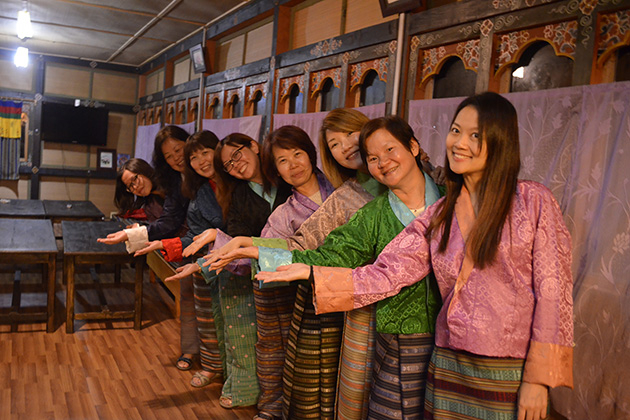
https://www.gobhutantours.com/ 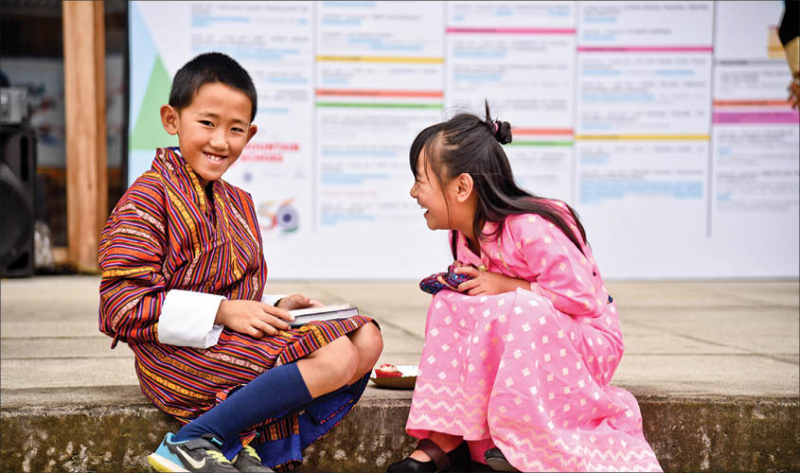
https://www.sundayguardianlive.com/ -
It's crucial to abide by the laws when visiting a temple or dzong; you must take your shoes off before entering. The best way to choose when to act is to imitate others. It's a good idea to leave your shoes wherever you see a pile of them. You can snap pictures on the grounds of temples but not inside of them when it comes to photography. You should make an effort to move around the temple in a clockwise orientation because it's regarded lucky and more fitting. To show respect for monks who may be meditating, try to speak gently and refrain from making any loud noises.
In temples, it is common to leave a offering of money in temples. If you do, a monk may then pour holy water into your hands, which you should sip-or at least appear to-before spreading over the top of your head from the forehead back. If you plan to visit temples around Asia, you should bear in mind that the etiquette is generally the same, so be mindful of this when you take any of Explorient's excursions.
It's a wonderful moment to travel to this unusual and stunning mountainous nation since Bhutan is becoming more accessible and inviting to travelers. This handbook on Bhutanese etiquette should help you get acclimated quickly so you can take full use of your time in this amazing nation, which is rich in heritage and natural beauty.
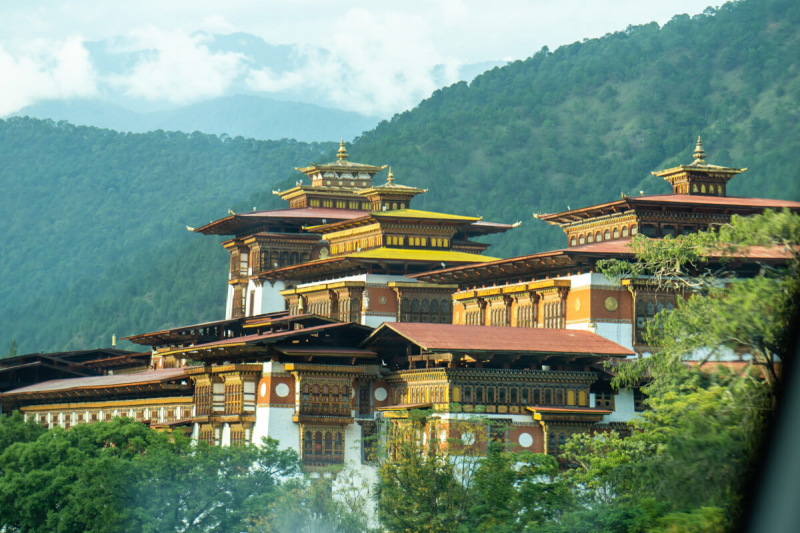
https://www.earthsattractions.com/ 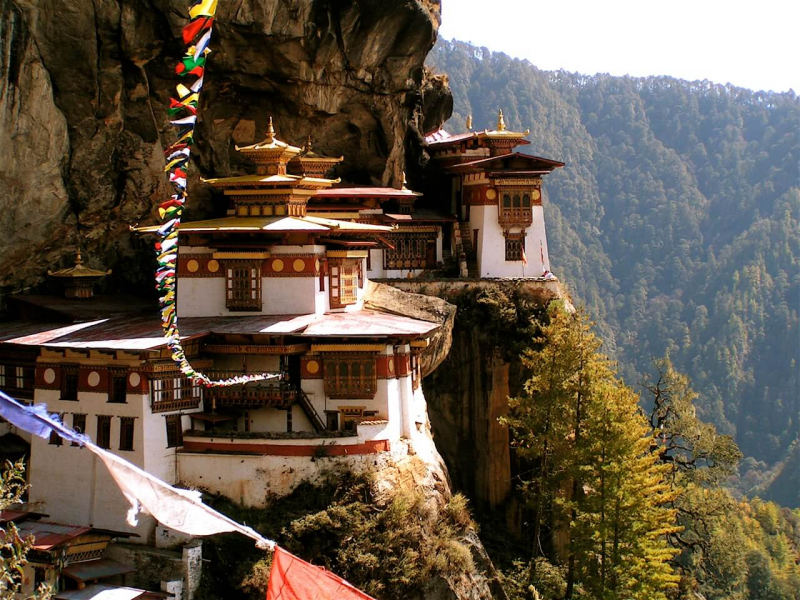
https://www.aahilyaholidays.com/ -
In many aspects of Bhutanese life, appropriate dress is required. Bhutanese men typically wear a knee-length robe called a Gho, which is fastened around the waist by a fabric belt called a Kera. In the summer, men typically don shorts while ladies don gowns that reach their ankles. They wear a garment known as the Kira, which is likewise knotted at the waist with the Kera, and two similar brooches known as the Koma that are clipped at the shoulders. At formal events, shawls are worn by both men and women, although the color and style of the shawls vary greatly depending on the wearer's status.
While visiting Bhutan, please dress modestly, especially if you plan to visit a Dzong or a temple. When visiting Bhutan, you should refrain from donning tank tops, halter tops, or short shorts. Bhutanese also enjoy seeing foreign visitors dressed in traditional attire. Keep reading to explore more about Bhutanese Culture, Customs, and Etiquette.

https://www.bhutan.travel/ -
Westerners and Bhutanese consider personal space and property in very different ways. The Bhutanese frequently have a "what's yours is mine" mentality when it comes to personal property. This is mostly because, as Buddhists, they have little concern or interest in personal property because it is transient and rather inconsequential in the greater scheme of human existence.
You are less likely to offend someone if you are polite and respectful of their religious convictions. In both Dzonkha and English, adding the word la at the end of a phrase is considered respectful. You should conduct yourself in Bhutan according to customary Asian ideals of decency and behavior. These include not making public shows of affection, dressing modestly, and respecting the monarchy. To deliver or receive an object, use the right hand, or better yet, use both hands.
You should use an open hand with the palm up instead of your fingers when pointing, especially at deities or other sacred items. Keep your palm pointing downward as you wave someone toward you. Never touch the crown of the head, such as that of an infant; it is regarded as a special part of the body. The majority of lakes are home to gods or spirits. Especially, you should avoid swimming, washing your clothes, and throwing stones into them.
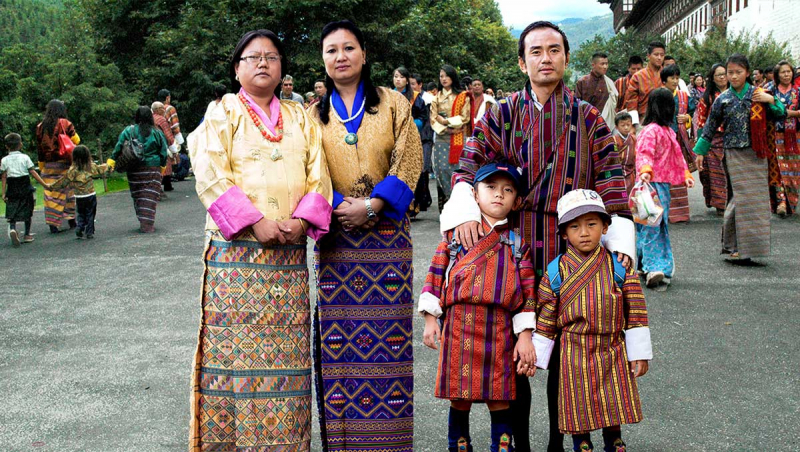
https://worldmark.world/ 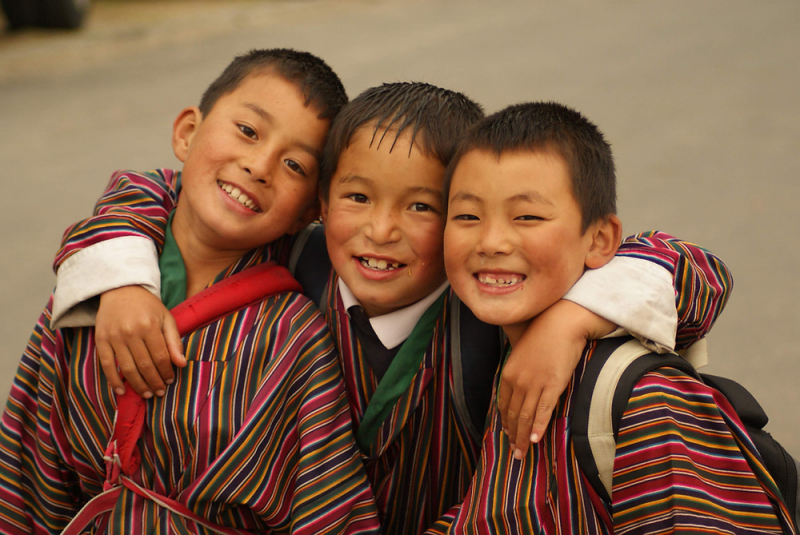
https://www.bhutanhimalaya.com/ -
White scarves, also known as khatas or hadas, are given as greetings and expressions of respect to revered figures or notable individuals. When you encounter a lama, you should give him a khata. The lama can frequently be found with a scarf around his neck, which is normally acquired in the temples where he stays. Not presenting a scarf is viewed as being extremely impolite, if not immoral. Khatas are placed around photographs of revered lamas and other people to express respect. Tibetans may welcome one another informally by exchanging khatas. Additionally, scarves are offered as a token of friendship or a warm welcome to visitors or future guests. If someone gives you a scarf, hold it out with both hands, palms facing up. The scarf must be worn all the way through your departure.
Tibetan Buddhists frequently donate katas to statues of Buddha, sacred places, lamas, or they employ them in rituals. They stand for the recipient's utmost regard. Khatas are often loosely woven garments composed of raw silk. Silk is referred to in Tibetan as "khata." Top-notch ones are frequently knitted with designs like lotus flowers, bottles, umbrellas, and conches that symbolize happiness and luck.Typically, khatas are white. Tibetans hold the color white in high regard because they think it represents prosperity, auspiciousness, sincerity, kindness, and fairness. White khatas represent the giver's pure heart. They have different lengths. Shorter ones are 1 or 1.5 meters long, whereas longer ones can be 10 or 20 meters long. The quality of the material varies, but in general it doesn't matter as long as the khata can convey goodwill.
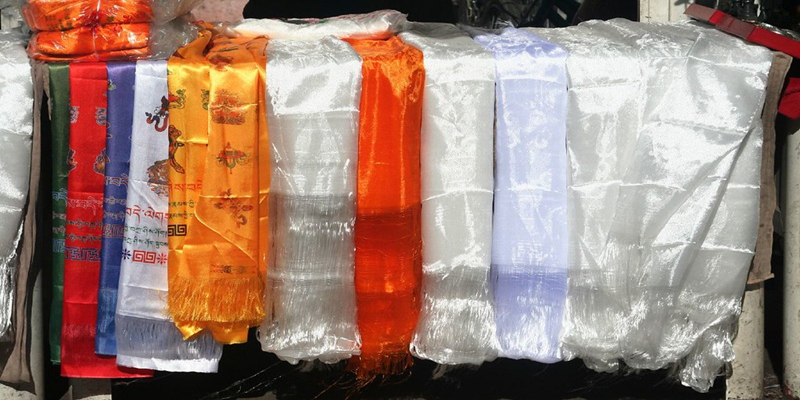
https://www.greattibettour.com/ 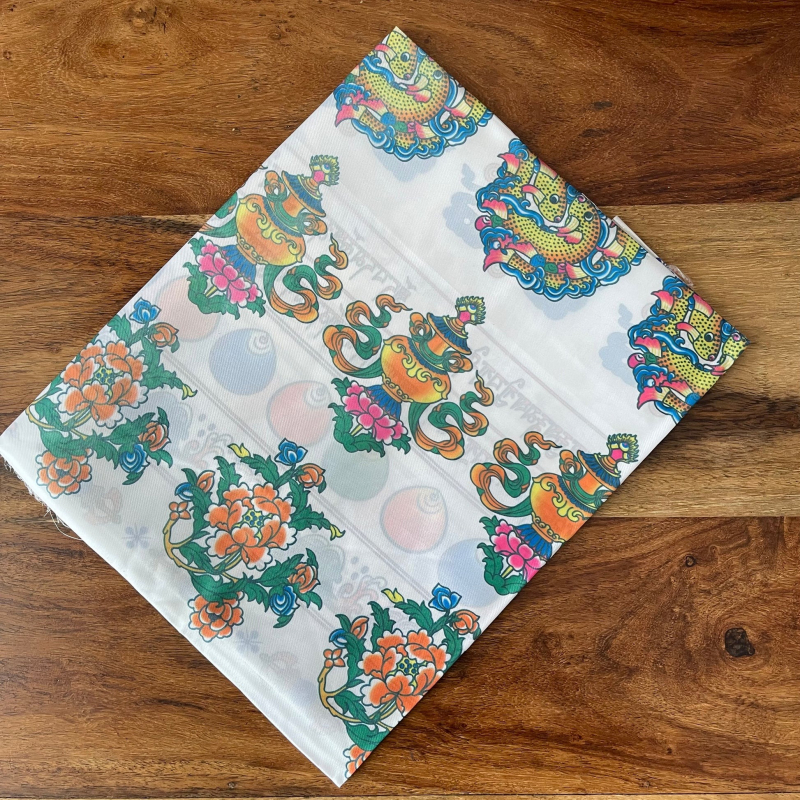
https://buddha-buddha.com/




























